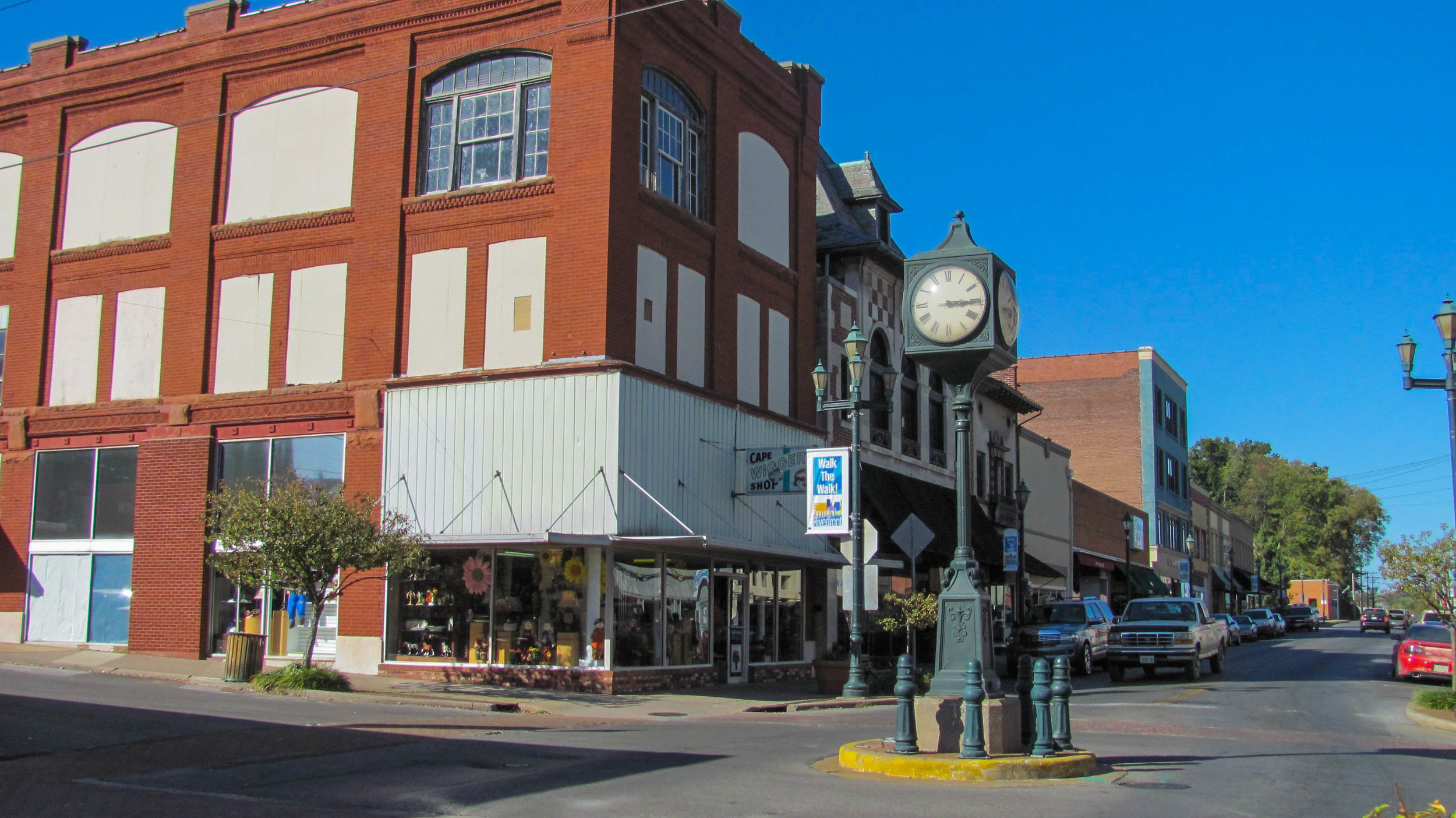Visitors Guide to Perry County, Missouri
Tower Rock Conservation Area
Perry County, Missouri
Perry County is located in Southeast Missouri about 80 miles south of St. Louis. Topographically, it is divided into lowlands and uplands with the lowlands lying for the most part along the Mississippi River. The uplands consist of rolling hills with excellent soil for farming with the landscape dotted with stands of trees. During the 18th Century, the Perry County area, like the rest of the future State of Missouri, was part of the Louisiana Territory and controlled by the French. Unlike the English along the eastern seaboard of the United States the French weren’t very interested in colonizing their domain. Perry County was largely uninhabited except for members of the Osage tribe. In the 1780 the Shawnee arrived having been forced from their homelands east of the Mississippi River and spread throughout Southeast Missouri. Their largest village, a population of some 400, was located just above Apple Creek, near present day Uniontown.
In 1763 the French ceded the Louisiana Territory to the Spanish who encouraged colonization by European settlers. The first European settlers arrived in the region during the latter half of the 1790s and claimed rich land in Bois Brule Bottom, extensive tract of lowland in the northeastern corner of the county. Its rich soil, coupled with its size, makes it the most productive farmland in the county. In the early 19th century, a second group of American settlers crossed the Mississippi River to take advantage of Spanish land offers. These were English Roman Catholics from north-central Kentucky. They had originally come from Maryland to escape religious discrimination and prided themselves on being descendants of Lord Baltimore's original colonists. Most of these settled in the uplands around Perryville in an area called the Barrens because of its open land. In 1803-1804 the Louisiana Territory was purchased by the United States and the Perry County region came under American control. Lewis and Clark passed by in November of 1803 and took note of one of Perry County’s most prominent landmarks - Tower Rock, a small landmark limestone island carved by the Mississippi River. Prior to the admission of Missouri to statehood in 1821 several groups of religious migrants settled in the area. These included a large group of Presbyterians from North Carolina who arrived in 1817 and a group of Methodists, also from North Carolina.
Saxon Lutheran Memorial
Frohna, Missouri
When Missouri was granted statehood, Perry County was organized out of the southern portion of Ste. Genevieve district. For the county seat a site was selected in the center of the new county. The town, platted in 1822, would be named Perryville in honor of Captain Oliver Hazard Perry who won the naval Battle of Lake Erie during the War of 1812. The history of Perryville and Perry County can be explored at the Faherty House in Perryville.
In the late 1830s a heavy German immigration would permanently alter the ethnic balance of the county. In the fall of 1838, more than 600 Saxon Lutherans, under the leadership of Pastor Martin Stephan, uprooted themselves and migrated to Missouri seeking to avoid enforced religious conformity. They settled in the southeastern corner of the county and moved inland founding a series of towns whose names enshrined both religion and nationality: Wittenberg, Friedheim, Frohna, Dresden, Altenburg, and Paitxdorf. Only Altenburg, Frohna, and Paitxdorf, which was renamed Uniontown during the American Civil War, remain. These settlements were financed from a communal treasury of $88,000. Only Altenburg, Frohna, and Uniontown remain. These immigrants were mostly students and professional men unaccustomed to farming and disease and spiritual problems beset the immigrants. The Reverend Stephens was accused of “voluptuous living and dictatorial conduct” and was exiled to Illinois. On the verge of disbanding, it was only after Dr. C. F. W. Walther had assured the immigrants from the Word of God that they were still a Church that the situation improved. A one-room Log Cabin College was erected in 1839. The effective training of its own pastors and teachers became the backbone of a new church body that became the Lutheran Church-Missouri in 1847. The teaching mission was transferred to St. Louis in 1849 where it evolved into the world renowned Concordia Seminary. A Lutheran Heritage Center and Museum was constructed in 2005 to interpret the 1838-39 Lutheran immigration to East Perry County as well as the regional German-American culture. Tours of the 1839 Log Cabin, the Christiane Loeber Cabin, and the 1867 Trinity Church are available at the complex.












